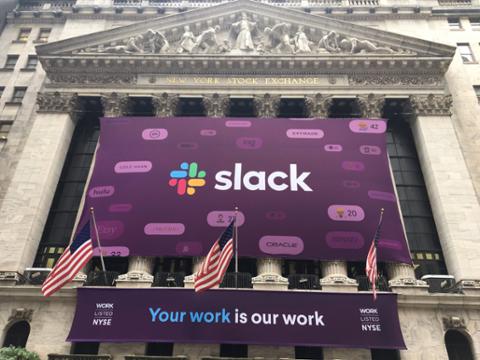Just about every aspect of building and maintaining a software platform is cheaper and easier than it was a decade ago. Cloud infrastructure like AWS means you can spin servers up and down on a dime. The rise of the API economy means you can easily link to best-in-class services for anything from payments to user authentication. Yet in spite of these technical advancements, one cost is moving in the other direction: your technical team.
The shortage of technical talent has been widely documented; demand for engineers from software giants, tech startups, and enterprises across the industry spectrum has outstripped supply. This has resulted in spikes in compensation (Facebook employees average $250,000), prolonged talent searches (typically six months for an engineer), and ultimately, higher costs to grow a tech business.
Several solutions have emerged to address the shortage. Big tech has pushed to relax visa requirements to open up overseas talent pools. Coding bootcamps have sprung up to train coders to be competent contributors in 3-6 months. Parents have rushed to enroll their young ones in coding camps to prepare them for the shifting job market.
A more disruptive solution has taken hold in the past few years: to replace code altogether. The “no-code” movement refers to the rise of tools that make it easier for individuals without any coding skills to build websites and even complex applications. While these tools were historically primitive and understood mostly as educational, the latest generation of no-code platforms has the potential to change the definition of who a software engineer is.
Every Company is a Tech Company
Why the surge in demand for IT personnel? The answer is simple: the world has gone digital. No industry is safe from the threat of disruption from technology startups, and any company able to hire the right engineering team can expand to adjacent markets more quickly than ever. Thus software talent is the key to both offense and defence in the modern digital age.
As a result, software developer employment is projected to increase 21 percent within the next eight years—growing four times faster than all other occupations (5 percent). Furthermore, code has a relatively short shelf life, lasting only a couple of years, on average. This requires companies to keep developers in-house in order to keep pace with competitors.
This presents a major problem for companies looking to hire developers: cost. On one hand, to secure the best developers, it’s going to cost a small fortune. On the other hand, without top developers, time and money are wasted. Companies must identify a reliable way to develop their own applications. Promising no-code platforms are presenting companies with alternative options that do not require a substantial amount going towards software engineer salary or substantial time and money overall.
Software Eating Software Development
The solution to an unaffordable, understaffed talent pool is to avoid the pool altogether. Competing for top talent in any industry is going to lighten the wallet. However, with more companies going digital, there are simply fewer developers left to meet demand.
Companies that find themselves losing the war for IT talent have experimented with an alternative: no-code development platforms.
No-code platforms allow for the creation of application software through simple user interfaces, rather than computer programming. Leveraging no-code development platforms, companies are equipped to create web apps without needing to code. Most companies are not looking to develop new technologies. Realistically, they're looking to implement existing technology for their specific purposes, such as resource-sharing or task management.
No-code platforms allow companies to build the tools they need without coding. Simply relying on logic, teams are equipped to build simple in-app workflows to navigate users from one page to the next depending on where they click. This simple method takes only weeks to learn.
Companies have found such success with no-code development platforms that the market is expected to be valued at $52 billion by 2024.
Benefits of No-Code Development
No-code platforms present a multitude of benefits to companies. Not only are companies delivering optimized experiences with better outcomes, but they are far cheaper than traditional IT development.
In addition to the financial savings, circumventing the need for code allows teams to be more Agile and productive. No-code web applications are developed using pre-built modules, which makes it much faster for teams to build apps. Additionally, app testing is automated, leaving more time for teams to work on alternative projects.
Perhaps the most exciting benefit of no-code development is that the applications are changeable. Traditional coding generally takes hours to modify. With no-code platforms, however, changes can be made easily and quickly. Because the in-app navigation is built using logic, changes only require new logical inputs, and the changes can be made within hours.
The demand for IT developers has spiked amid the digital revolution, leaving companies unable to afford top talent. Although demand for developers is unlikely to subside any time soon, companies can avoid competing for IT professionals in the midst of a labor shortage. Instead, no-code development platforms offer an alternative to traditional coding, saving companies significant time and money.
Andrew Haller is the co-CEO of AirDev, a new kind of software design consultancy that merges strategic insights with ultra-rapid custom web development to solve business challenges. He began his career as a management consultant at McKinsey & Company, and then built tools and systems as part of Teach For America's national growth strategy team.



